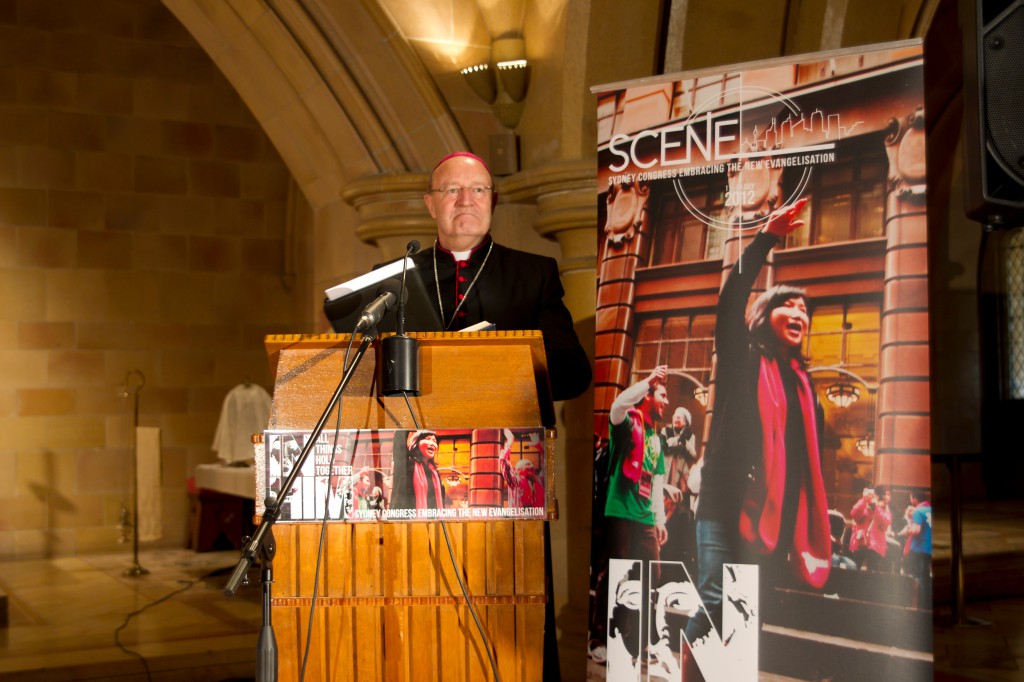
By Bishop Peter Elliott
What if your parish were to set up a stall in the shopping mall offering people information about the Catholic Faith? What if we went out and knocked on people’s doors to explain our faith? What if we really penetrated the social media to proclaim Christ’s Gospel and the Faith?
These are just a few of the strategies proposed by Archbishop Julian Porteous of Hobart in New Evangelisation: Pastoral Strategy for the Church at the Beginning of the Third Millennium. In a clearly written book, he does not merely talk about the “new evangelization”. Surely we have had enough of that. He gets down to strategy and action – what then is to be done?
But first he tackles basic questions, what do we mean by “evangelization” and what is different about this “new evangelization” promoted by St John Paul and Popes Benedict and Francis? Here the archbishop gives a compact history of Christian evangelization and Church teachings as a factual background. Then he moves on to explore the challenges of proclaiming the Gospel of Jesus Christ in secularized societies today.
He accurately describes the “new cultural landscape”, the real world where we evangelize: Generations X and Y, challenges to marriage and the family, the “new atheism” and more aggressive secularism, But these are all invitations to evangelize in new ways. He singles out six key Gospel themes for proclamation: God is love, repentance, Jesus the Saviour, decision, life of grace, members of the Body of Christ. Here I believe we enter an emerging and exciting “evangelical Catholicism”, that is Christ centred and inseparable from the living Church, a call to conversion with a map of life lived justly in the world.
However in New Evangelisation Archbishop Porteous does not reinvent the evangelistic wheel, rather he directs us to work in communities that are Christian bases for a new evangelization: family, parish, the Catholic school, university, youth mission. Here he shows an up-to-date understanding of the evangelizing potential of the generation of young Catholics brought together by the World Youth Days and the ecclesial movements.
In the context of the media he cites Fr Robert Barron and his “Word on Fire” website with wise tips on how to evangelize in the social media. Useful as it is, the new media is no substitute for personal evangelization. We must always return to the “one-to- one” conversation of Jesus: “come and see!” or “come with me”. A personal faith relationship with Jesus our Lord and Saviour is shaped by his word and nourished by sacraments in his Church.
The beautiful “afterword” of New Evangelisation takes up Pope Francis’ powerful call in Evangelii Gaudium, “I prefer a church which is bruised, hurting and dirty because it has been out on the streets, rather than a Church which is unhealthy from being confined and from clinging to its own security.”
If your parish, school, prayer group or movement really wants to break out of a cosy Catholic comfort zone and evangelize, this is the practical and inspiring handbook for you. But the issue is crucial. Christians in a secularized society dare not evade the tough option – evangelize or vanish.